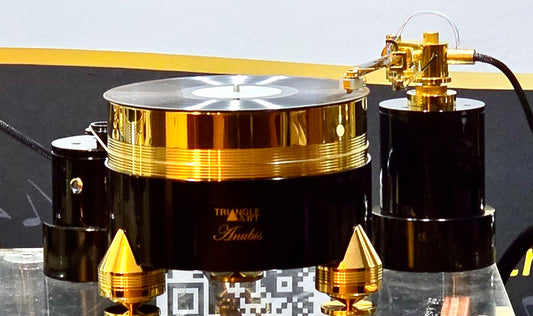On most recordings, there is a combination of close and distant miking. The close miking gets us a closer-than-natural intimate view of the instrument or performer, while the distant microphones add the missing ambiance and space close-miking cannot capture.
What’s odd about this miking technique is that it works despite the fact we are never as close to the instruments as the microphones.
One way to think about this is to visualize actual musicians in the room. Let’s use a single cello in our example. Mentally place the cellist a few feet behind the loudspeakers. Now, close your eyes and imagine how that would sound from your listening seat.
What you are hearing is a combination of the direct sound from the bow and string coupled with the room’s interactions.
Now, mentally replace our imagined performer with the close-miked cello. It sounds “the same” because the distance between the speaker’s rendition of the close-miked sound and the listener mirrors the distance between our imagined performer and where we’re sitting.
It may seem counter intuitive to place microphones closer than our ears ever go, but that’s how we get musicians in our rooms.









